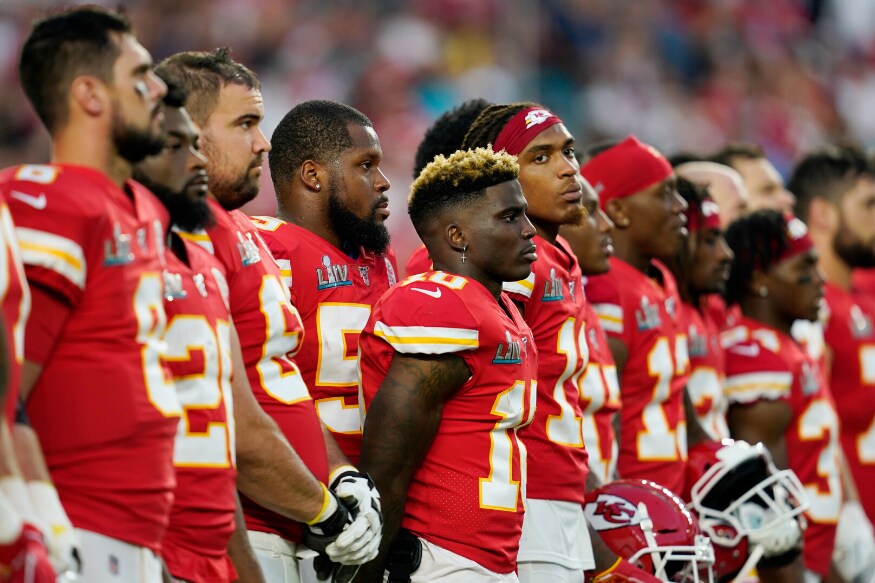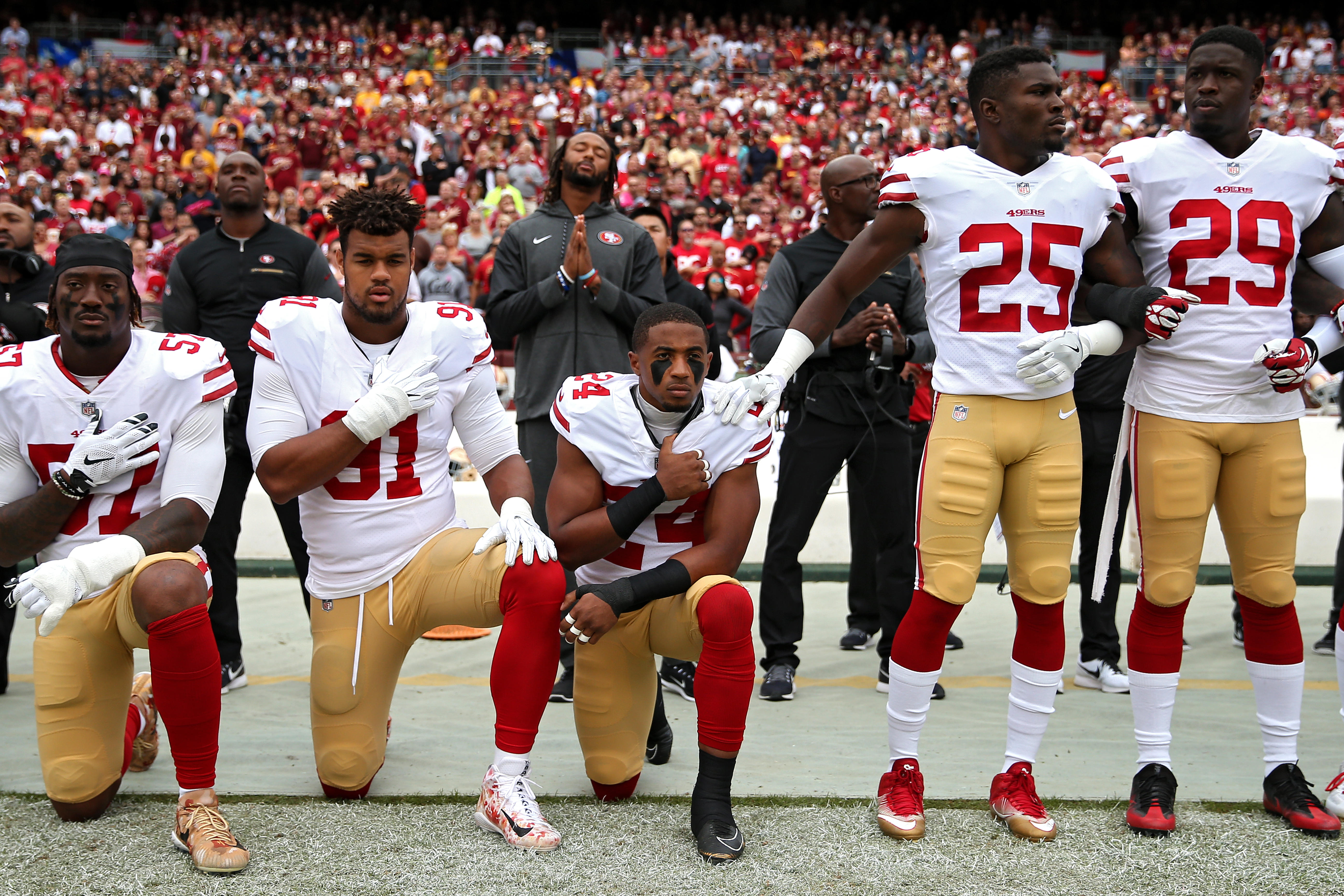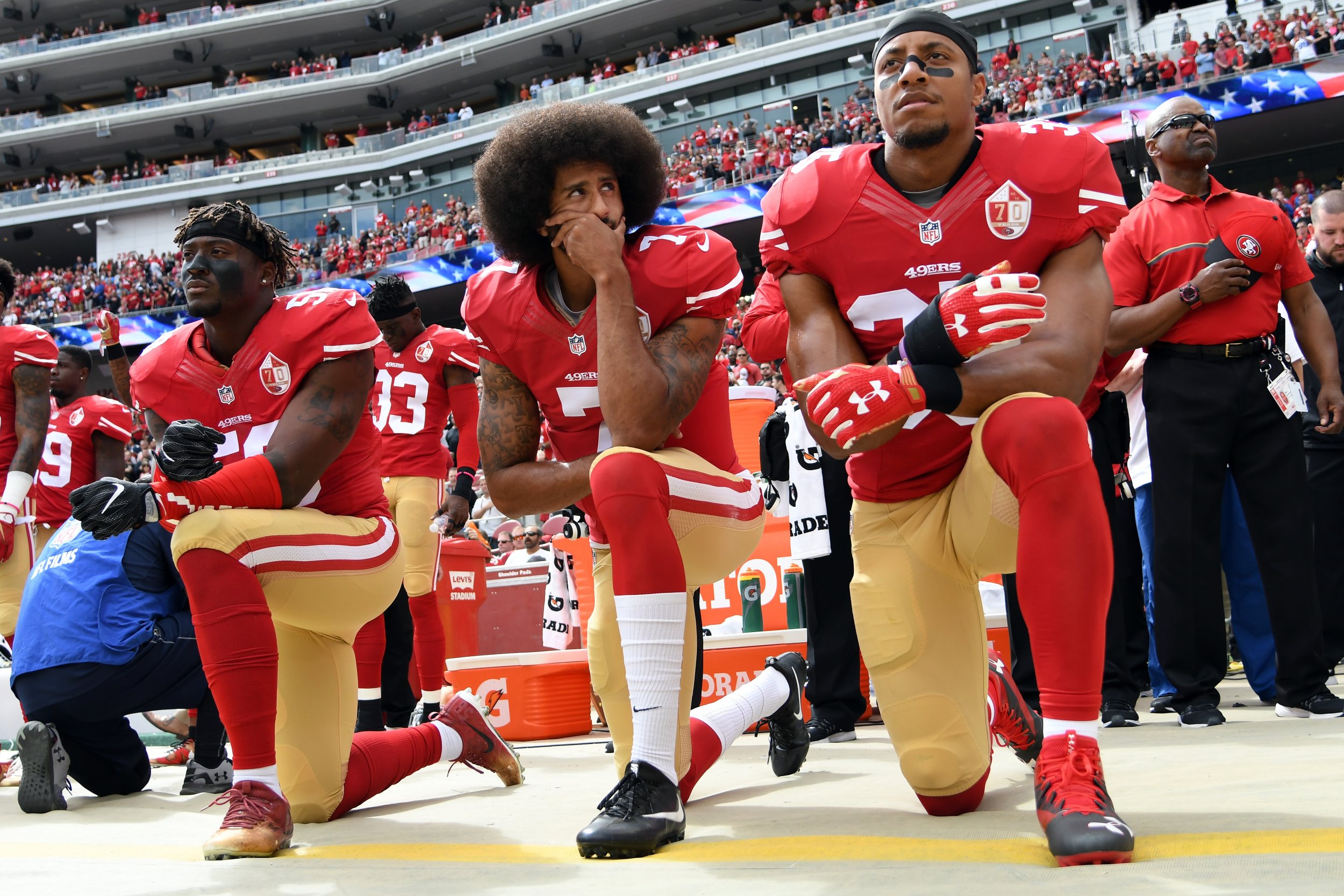

When the Civil Rights Era began in the 1950s, “Lift Every Voice and Sing” was sung during organizational meetings for the Montgomery Bus Boycott and quoted in speeches by Dr. Maya Angelou, in her autobiography I Know Why the Caged Bird Sings, recalled singing the song with her Black classmates in Oakland as a rejoinder to a visiting racist white politician.


In 1929, it was sung in support of the unionization of Black porters In 1936, it opened the first conference of the National Negro Congress, an anti-fascist organization fighting for Black liberation. “I sang the Negro National Anthem when my tooth was hurting because of an exposed cavity-I sang the Negro National Anthem when I did not know there was a future for a little black girl with twelve sisters and brothers.” A symbol of resistanceĪs Black activists continued to mobilize in their fight against discrimination and segregation, “Lift Every Voice and Sing” took on an increasingly political bent, symbolizing defiance in the face of white oppression. “I sang the Negro National Anthem when I was hungry,” Congresswoman Maxine Waters wrote in Lift Every Voice and Sing: A Celebration of the Negro National Anthem, edited by Julian Bond and Sondra Kathryn Wilson. In 1919, the NAACP named it its official song James Weldon Johnson would be appointed the organization’s first African American executive secretary a year later.īefore long, “Lift Every Voice and Sing” would become, in Perry’s words, “a universal signifier of Black identity.” It was sung at church services, civic organization meetings, pageants and graduations it anchored Emancipation Day and Negro History Week celebrations and daily school rituals. “The school children of Jacksonville kept singing it they went off to other schools and sang it they became teachers and taught it to other children,” James said in 1935.Īs the song was passed along communally, it was also boosted by powerful Black leaders and organizations, including the National Association of Colored Women’s Clubs and Booker T. Meanwhile, the song would also independently spread outward from its original city. They brought the song to a Harlem arts scene that was quickly becoming a hotbed of creativity. The Johnsons would soon move out of Jacksonville following a deadly fire that ripped through the city.

The song was first performed the following year at Johnson’s school by a group of 500 children. The result, which moved James himself to tears, captured a painful history of oppression (“Stony the road we trod/ Bitter the chastening rod”) while ending on a note of resilience: “May we forever stand/ True to our God/ True to our native land.” Instead, he wrote a poem about Black struggle and perseverance and asked his brother to set his words to music. “My thoughts began buzzing round a central idea of writing a poem about Lincoln but I couldn’t net them,” he wrote in his autobiography, Along This Way. In 1899, James set out to write a poem commemorating the birthday of Abraham Lincoln.


 0 kommentar(er)
0 kommentar(er)
